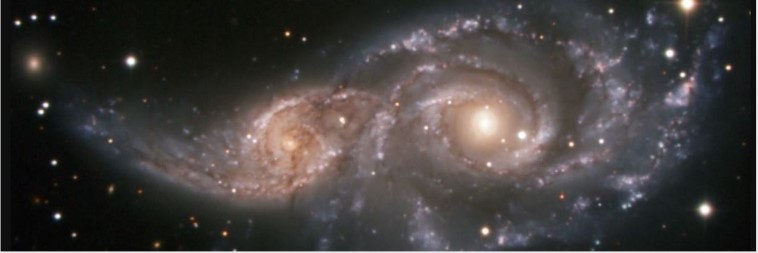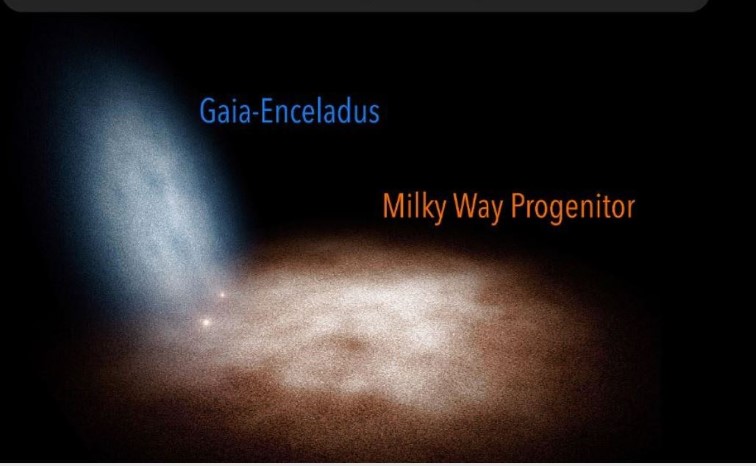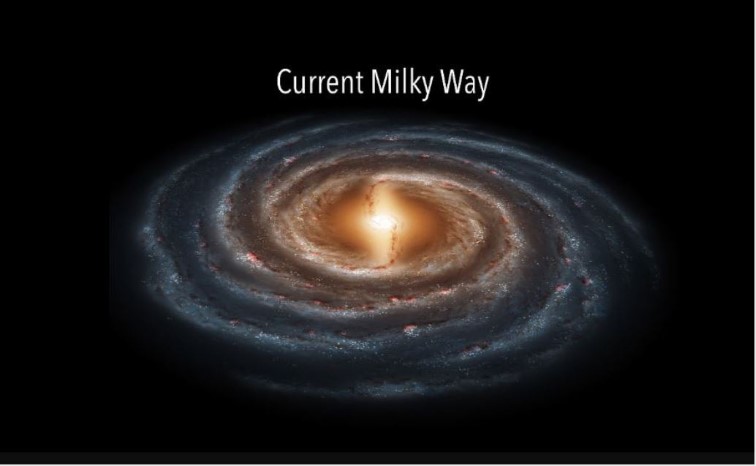The space Sausage that dramatically impacted our Milky Way

One day, possibly, people will know and discover everything. This might turn out to be thanks to the incredible persistence of scientists to dig into details that often seem completely unimportant to us.
In some cases, it turns out later that such knowledge is also valuable in the overall understanding of everything that exists.
Thanks to data from the Gaia Space Observatory (Global Astrometric Interferometer for Astrophysics) of the European Space Agency, astronomers have found evidence of a strong collision between the young Milky Way and a small galaxy with an interesting name: Sausage.
That event goes back to ancient cosmic times, four or more billion years from the beginning, i.e. 8 to ten billion years ago.
That little galaxy followed an elongated path around the Milky Way until it finally slammed into it. Of course this kind of slamming does not have the meaning it normally has in everyday life, because it is a long-term process of interpenetrating two galaxies, without dramatic collisions of galaxies.
But there were certainly consequences. And significant ones.

The Sausage galaxy did not survive that collision. It broke apart and sank into the Milky Way, increasing the number of its stars and the amount of its dark matter.
In addition, Sausage brought gas, dust and everything else that makes up an ordinary galaxy. The Sausage stars continued to move radially, coming very close to the center of the Milky Way.
Also in the Milky Way, this small galaxy brought eight globular star clusters, as many as scientists have detected so far – which speaks of the size and mass of this small galaxy. This scenario results from a computer simulation based on data from the GAIA observatory.
By the way, it is said in the news that the unusual name of the Sausage galaxy comes from its shape, which, according to scientists, it once had.

All of this, according to scientists, has significantly changed our galaxy, making it look like it does today, starting from its core all the way to the star halo. This collision was not just a minor event in the history of the Milky Way, but an event that left an indelible mark on the evolution of our galaxy.
If we look at it that way, the question arises as to what consequences that event had for the creation of the solar system and for creating the conditions for us to finally appear in the universe.
If it had consequences, then the already long series of events that led to the creation of life on Earth increased even more, but that’s another story.
Want to read more about the universe? Visit our blog!

